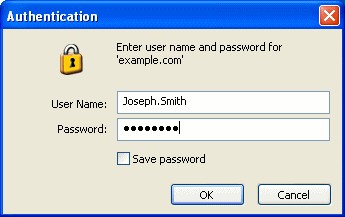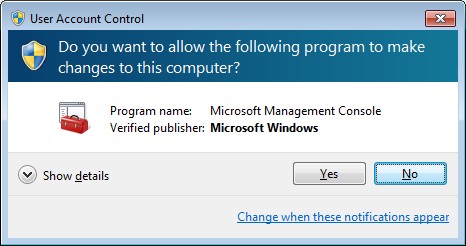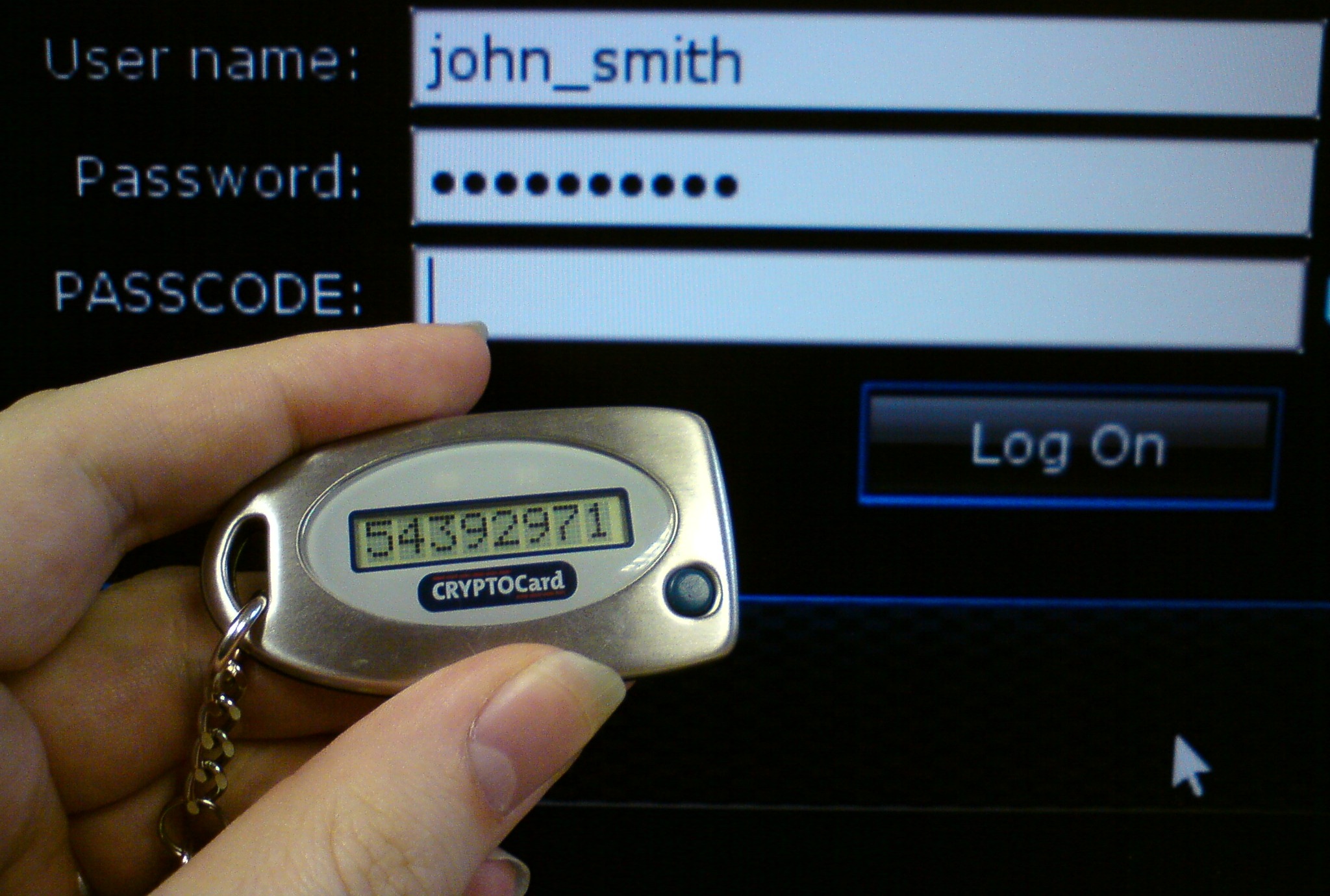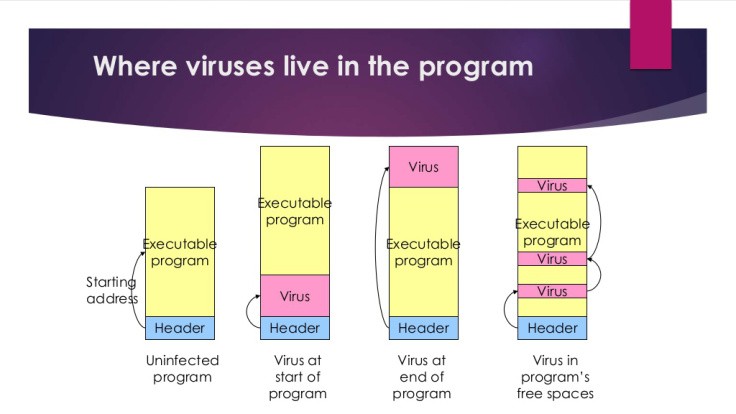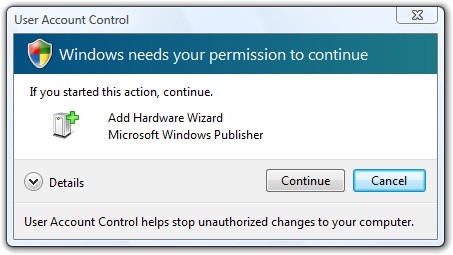--Originally published at (Not so) Random talk
Please, input your username and password to read this post:
Username:
Password:
…
You didn’t fall under our little trap/joke right? (Really, hopefully you didn’t).

Anyways, jokes aside, this kind of things that many pages like Facebook or Gmail, or that even your computer when you start it does, it’s called Authentication. What it basically does, is assuring that you are, indeed, you. Sounds funny, but we said we were leaving jokes aside. It is a fundamental security block (if not imagine, someone through the web could get your info without anything to block them, or your friends posting on your FB account). It is made in two steps: identification – identify the username – and verification – bind the identification and the entity.

As you probably already know, authentication can be made through something you know (password), something you have (card or…
Ver la entrada original 460 palabras más













